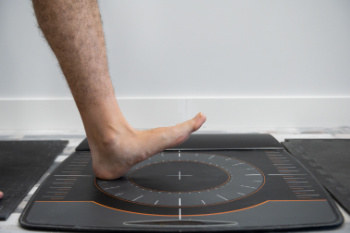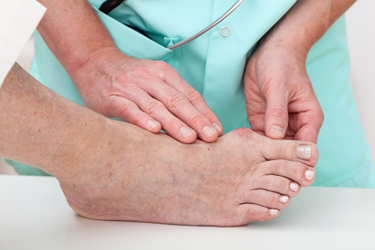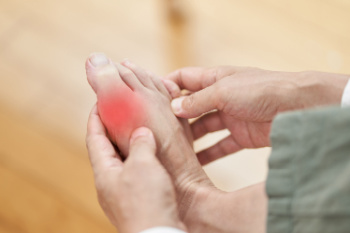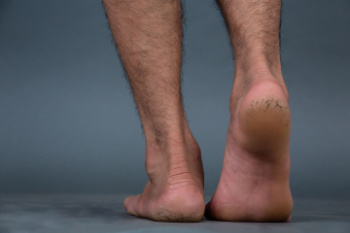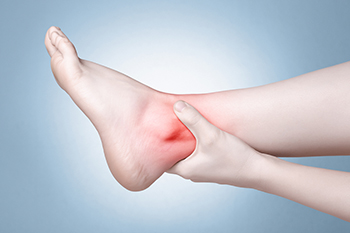
Plantar fasciitis surgery is a treatment option for individuals who have not found relief from conservative measures and continue to experience severe and debilitating heel pain. The surgery typically involves releasing or removing a portion of the plantar fascia to alleviate tension and reduce inflammation. This procedure aims to provide long-term pain relief and restore normal foot function. Success rates of plantar fasciitis surgery vary depending on various factors, such as the patient's overall health, the severity of the condition, and the specific surgical technique used. While many patients experience significant improvement in symptoms and quality of life following surgery, it is essential to understand that success is not guaranteed, and there are risks associated with any surgical procedure. If you have this condition and are considering surgery, it is strongly suggested that you speak with your podiatrist who can guide you toward making an informed decision.
Foot surgery is sometimes necessary to treat a foot ailment. To learn more, contact one of our podiatrists of Westside Podiatry Center, LLP. Our doctors will assist you with all of your foot and ankle needs.
When Is Surgery Necessary?
Foot and ankle surgery is generally reserved for cases in which less invasive, conservative procedures have failed to alleviate the problem. Some of the cases in which surgery may be necessary include:
- Removing foot deformities like bunions and bone spurs
- Severe arthritis that has caused bone issues
- Cosmetic reconstruction
What Types of Surgery Are There?
The type of surgery you receive will depend on the nature of the problem you have. Some of the possible surgeries include:
- Bunionectomy for painful bunions
- Surgical fusion for realignment of bones
- Neuropathy decompression surgery to treat nerve damage
Benefits of Surgery
Although surgery is usually a last resort, it can provide more complete pain relief compared to non-surgical methods and may allow you to finally resume full activity.
Surgical techniques have also become increasingly sophisticated. Techniques like endoscopic surgery allow for smaller incisions and faster recovery times.
If you have any questions please feel free to contact one of our offices located in Liverpool, Camillus, Skaneateles, Oswego, and Cicero, NY . We offer the newest diagnostic and treatment technologies for all your foot and ankle needs.
